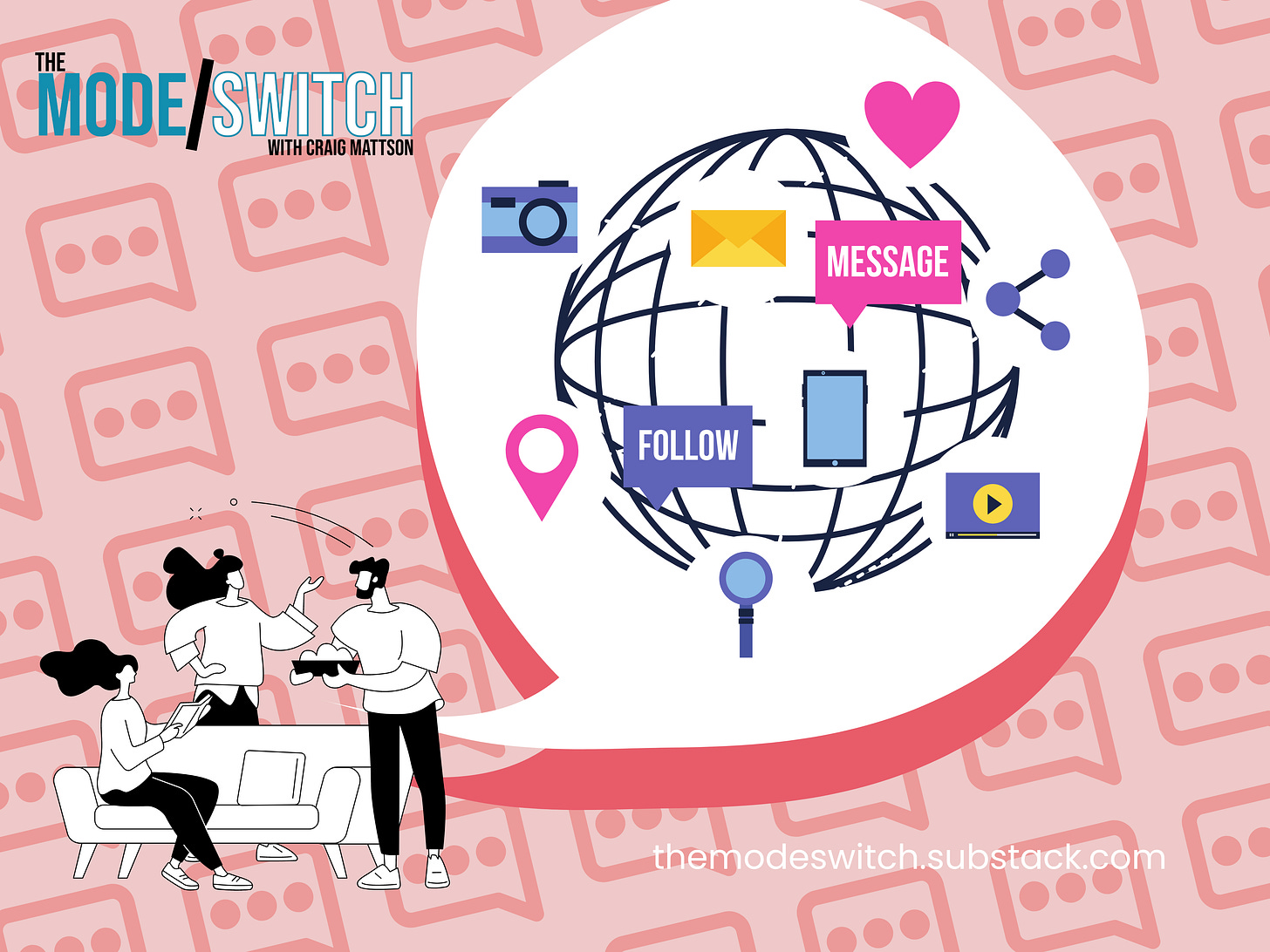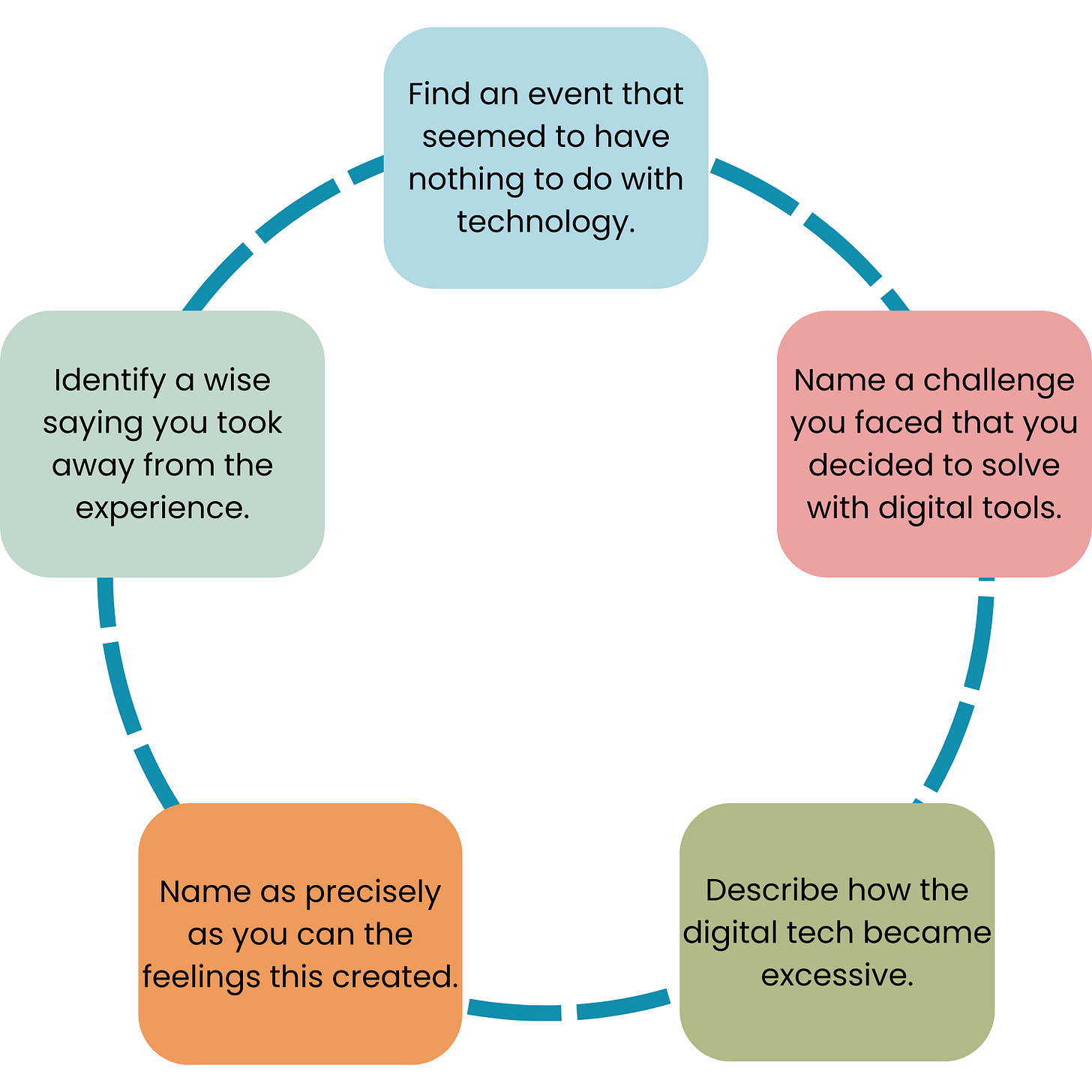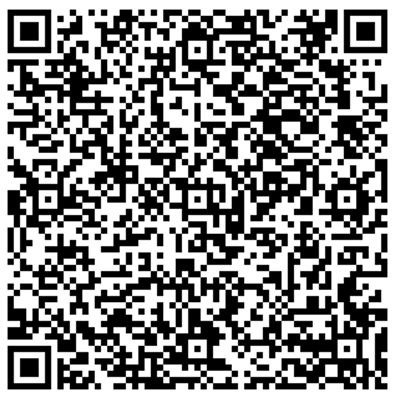Being a human has always been hard. But if you graduated in the years since 2008, you are what some authors today are calling “quarterlifers,” people within the first two decades of adult life. And for you, being a person’s been very difficult.
Here’s how psychotherapist Satya Doyle Byock’s recent book sums her quarterlife experience:
No matter where I looked, all I saw were dead ends. I couldn’t quiet my mind. I couldn’t find my center. I felt totally overwhelmed, exhausted, and also painfully bored by the emptiness of my concerns. Nothing I was doing was making a dent in a world in perpetual crisis. Nothing I was doing was bringing bring me a clear sense of joy or purpose.
I’d like to talk about one way to deal with that difficulty today.
I’m not a psychotherapist. I’m a communication scholar and organizational researcher. But I’ve talked with enough rising professionals and heard enough stories like what Byock describes to know that a significant part of the excessive difficulty people like you feel today is due to digital overwhelm.
Everybody I talk to about this problem seems to know exactly what I’m talking about when I say those two words—even when I short the phrase to “digiwhelm.” But I think it’s important to define it carefully so we’re more or less all talking about the same problem. Let me try this definition on you.
Digital overwhelm happens where technological density meets affective intensity.
· Technological density: that sense that our devices and our platforms are doing things we can’t understand. Artificial intelligence is only the latest example of techno developments where not even the people building it understand how it works. Most of us, though, don’t really understand algorithms, microchips, or facial recognition software.
· Affective intensity: Affect is hard-to-name emotion. We sometimes call it “a lot.” But we experience it as fatigue or excitement, uneasiness or some other kind of rush. The neuroscientist Lisa Feldman Barrett says that most of us aren’t very good at naming emotion. But if you want improved mental health, it’s important to name your feelings precisely.
If I’m right, that a significant part of what makes quarterlife selfhood hard today is digital overwhelm, then you need—we all need—coping practices.
This Week’s Mode/Switch
Here’s a practice I recommend: telling your digiwhelm story. The mode switch is from affective muteness to emotional articulateness.
It’s easy to suffer a vague sense that technology is doing stuff to your life but to respond with nothing more than a sigh and shrug and something along the lines of Well, what can you do?
One thing you can do is to point precisely to where some kind of technological density is striking your life and then to name exactly how that makes you feel. Telling your digiwhelm story does that.
Let’s workshop your story. Here’s a template to guide your story design:
So, here’s a sample digiwhelm story from my own experience to prime your storytelling pump:
Okay, that’s my story—or one of them. What’s yours?
Take out your phone, turn on your voice recorder app, and capture the narrative. You may need to record it a couple of times before you’re happy with it. (If you want to share it with others, you’ll want to keep it to about 2 minutes.) Or if you’re more of a writer type, open a journal or flip open a Google doc or Word document and scribe your tale!
Why You Should Share Your Digiwhelm Story
Giving words to your whelm makes it more manageable. It changes your attention for the digital density and affective intensity in your life and work. Sharing your story with other millennial professionals across the community of this newsletter builds collective wisdom, too.
Once you’ve either recorded your story, taken a picture of your handwritten story, or created a digitally written version, would you share it with me, using this email address or this QR code?
I won’t publish it without your permission, but if you’re open to sharing, I’d love to include it in an issue of the Mode/Switch newsletter. Even if you’d rather not share, I’ll still be glad for a chance to learn from your experience.
-craig









I would love to hear how it goes. I have tried this with numerous Gen Z folk, and it seems to resonate.
You've got me thinking: could I assign a "digiwhelm" story in my writing classes as an exercise? I wonder what my students would write about... I think I want to find out!